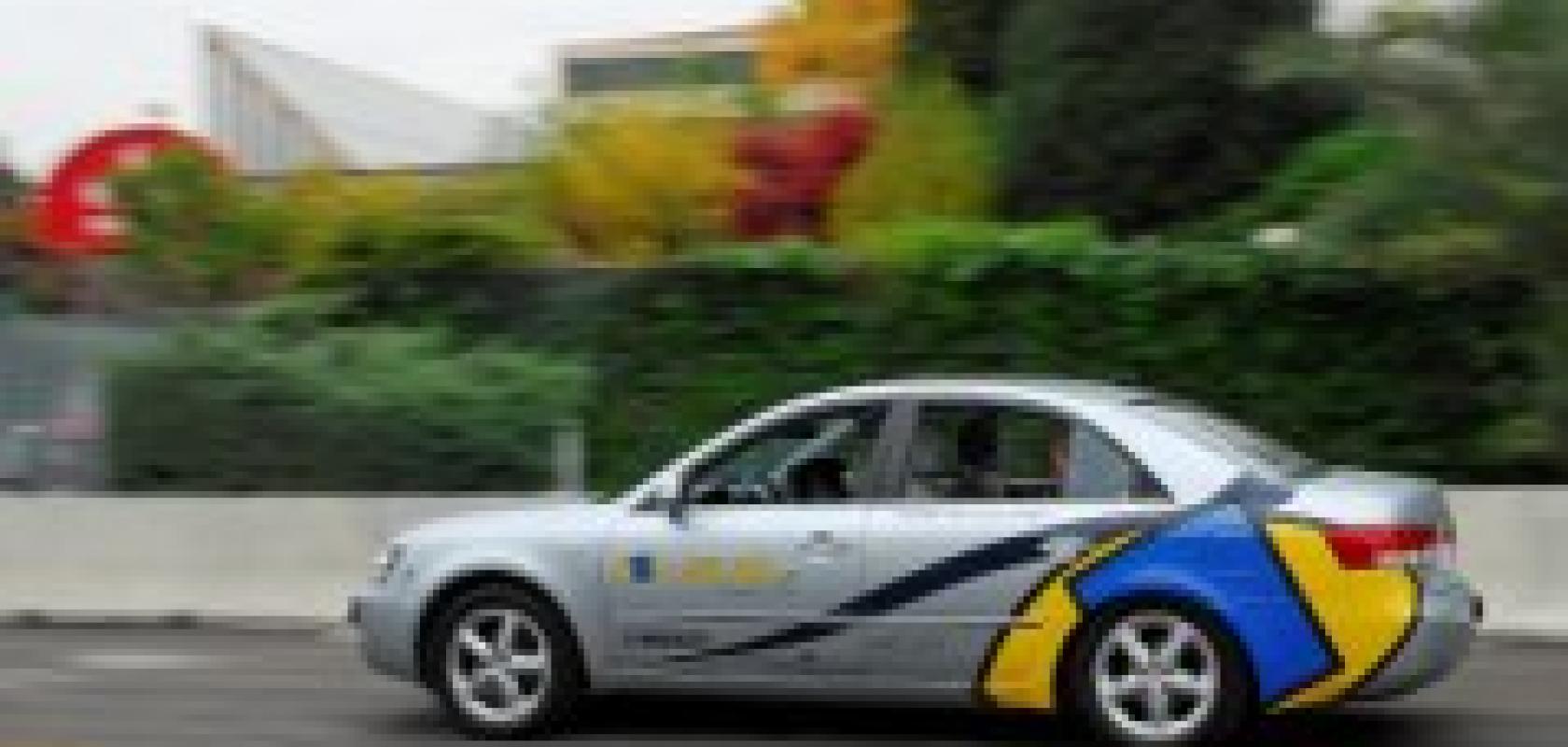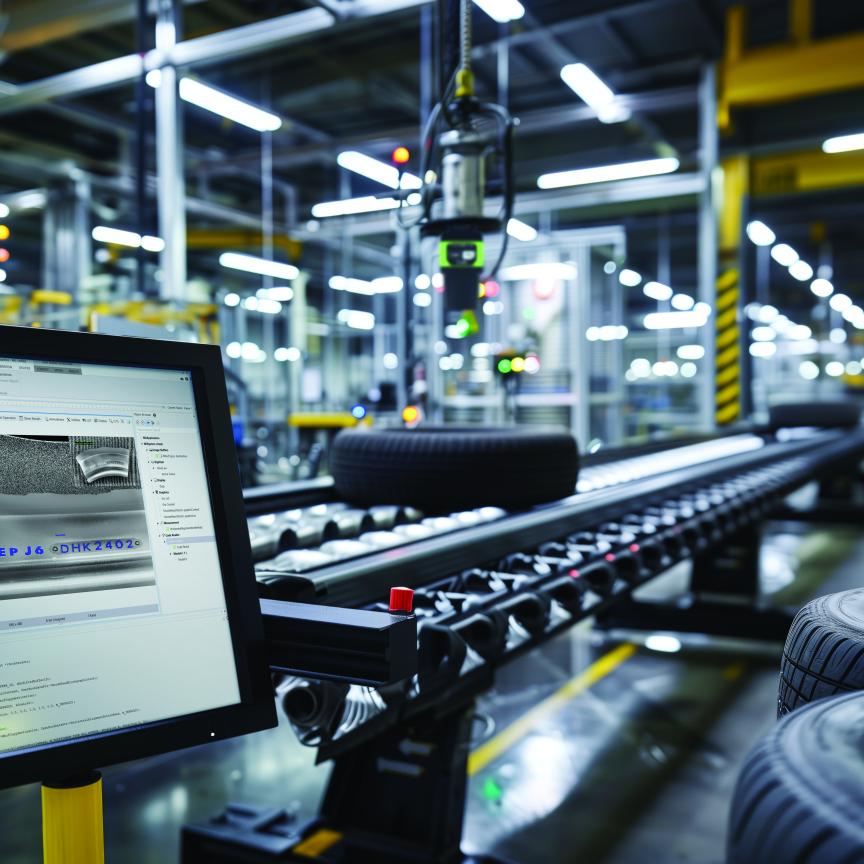The European Commission has signed a research agreement to fund the development of innovative technologies that will aim to make vehicles safer. The 2Wide-Sense €5m project, which began on 1 January 2010 and will span the next three years, will focus research activities on the development and testing of new sensors to be placed onboard vehicles, aimed at improving the perception of the surrounding environment.
Research partners involved in the project will develop and test multispectral imaging sensors active in the visible and shortwave infrared (SWIR) regions. These sensors provide high contrast images and greater detail for night driving or travelling in adverse weather conditions, and the data from which could potentially be used to detect vehicles, pedestrians, traffic signs and other road infrastructure automatically.
Speaking to Imaging and Machine Vision Europe, Professor Alberto Broggi, responsible for project dissemination and a professor at VisLab, University of Parma, Italy, one of the project partners, commented that multispectral sensor technology is available but cameras are expensive and the technology remains untested on vehicles. 'The cameras already exist; they have to be tested in an automotive environment, and if successful, the following step is to decrease their size and cost to be applicable to the automotive market.'
One multispectral camera will be positioned at the front of the vehicle. Images will be processed by an onboard computer for image-processing applications already developed by VisLab, such as traffic sign recognition, vulnerable road user, road conditions, lane departure warning, and vehicle detection. 'We will try to adapt the algorithms [already developed by VisLab] to the new sensors, but the basic idea remains the same,' said Broggi.
The potential outcome will be a hazard warning system for drivers or possibly a human-machine interface overriding human control in certain hazardous situations, such as automatic braking to avoid the hazard. However, the 2Wide-Sense project is only aimed at evaluating the sensors, ensuring they are suited to vehicle perception and not complete system development.
'Our primary goal is to keep working on technologies that – one day – may prevent vehicles from crashing and therefore dramatically reduce the toll that our society is paying, daily, on our roads,' commented Broggi. 'More than 90 per cent of road accidents are caused by human factors.'
The addition information from the infrared region in multispectral images provides data not only on the reflectivity of an object, but also on the material from which the object is made. For example, pedestrians' clothing should all look the same irrespective of colour, which is highly advantageous for vehicle perception applications. 'A pedestrian detection system has to be robust in respect to different colours, different postures of the pedestrian – it's a very complex problem,' said Broggi.
Reducing colour to just one shade is beneficial for pedestrian detection algorithms. However, Broggi admitted that this was still speculation, as no real onboard vehicle data for the sensors had been generated yet. He commented that the images VisLab had seen so far looked promising.
VisLab will use some of the sensors developed by the project partners on its autonomous BRAiVE vehicle as part of a 13,000km journey from Italy to China using an electronic pilot. The trip leaves Italy in July 2010 arriving Shanghai, China in October 2010. 'We will test and stress the systems for three months,' commented Broggi.
VisLab is one of the seven partners involved in the 2Wide-Sense project and will be concerned largely with the final validation of the sensors on the vehicle. The other project partners are: Alcatel Thales III-V Lab, France; Centro Ricerche Fiat, Italy; New Imaging Technologies, France; Raptor Photonics, UK; Optec, Italy; and Adasens, Germany.


